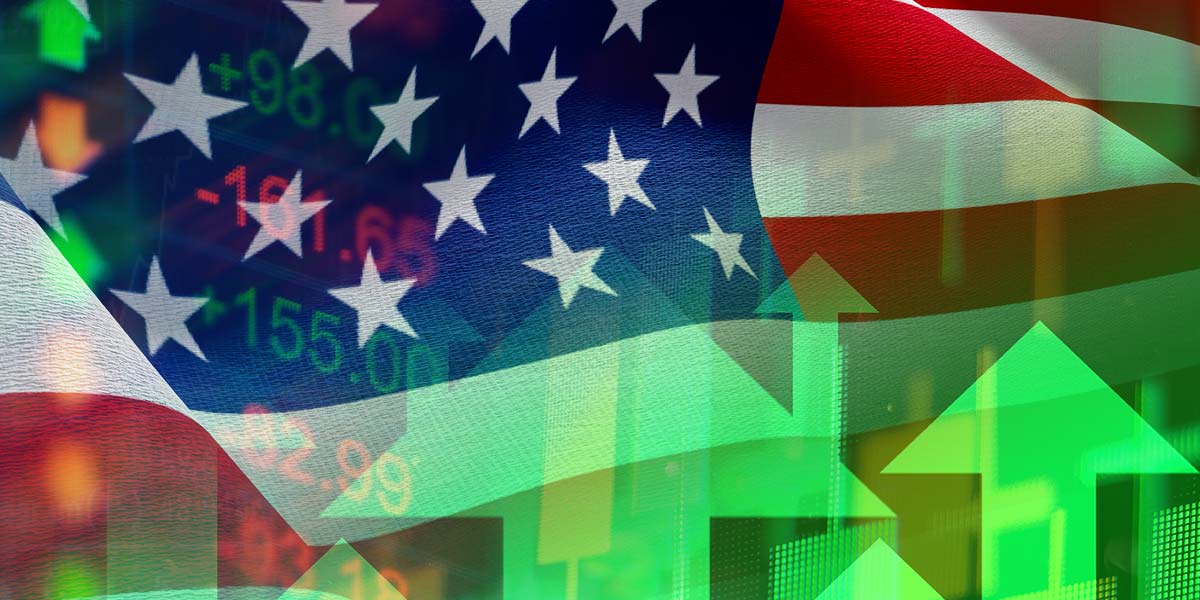According to strategists at Goldman Sachs Group Inc., the outlook for U.S. equities is on an upswing as trade tensions between the world’s largest economies subside. However, current market prices may be overly optimistic given persisting uncertainties.
Led by David Kostin, the team adjusted their three-month forecast for U.S. equities to 5,900, suggesting only a slight gain from present levels. This adjustment follows Wall Street’s rally on Monday, spurred by temporary tariff reductions agreed upon by American and Chinese negotiators, with market sentiment leaning towards averting a U.S. recession. Meanwhile, Goldman maintains a cautious stance.
The strategists highlighted that while expectations for economic growth are high, uncertainties about the scale of the economic and earnings deceleration could constrain equity valuations in the coming months.
Over the next year, they project the S&P 500 Index will reach 6,500, up from their previous forecast of 6,200, suggesting an approximate 11% rise from Monday’s close.
In March, Goldman had twice reduced their S&P 500 outlook due to increased recession risks and tariff uncertainties. With easing tensions between the U.S. and China, concerns have diminished, and a rebound in Big Tech stocks is anticipated, although the broader earnings outlook remains mixed.
The analysts noted that despite an improved growth forecast, tariffs are expected to rise significantly by 2025 compared to 2024 levels, which could squeeze profit margins. Investors are advised to target stocks of firms with strong pricing power to sustain margins amidst heightened input costs.
Separately, another group at the bank, led by Christian Mueller-Glissmann, indicated that the risk of a continued equity rally has notably decreased, with the risk-reward for equities becoming less favorable. While the probability of another market correction has decreased, risks to the business cycle remain tilted negatively towards the year’s end.
On another front, Mark Haefele, UBS Global Wealth Management’s chief investment officer, shifted his stance on U.S. stocks to neutral from attractive, citing a more balanced risk-reward after a robust rebound from April’s lows.
While uncertainties persist, investor attention will likely turn to the potential for a lasting trade agreement. Haefele emphasized this is not a bearish perspective or a signal to sell, advising investors to maintain a full allocation to U.S. equities.




